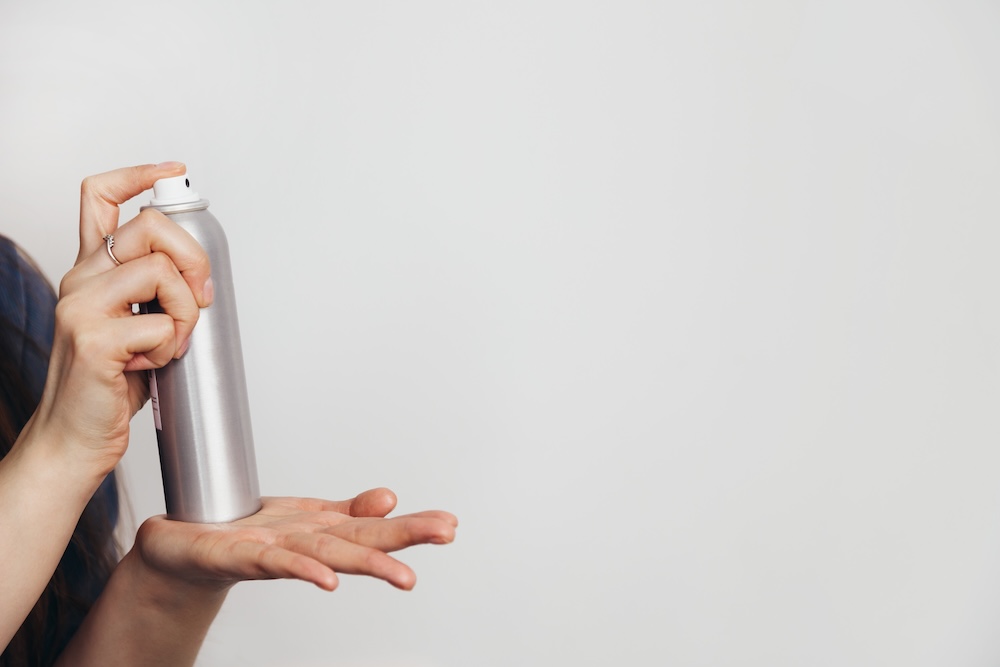It smells like lavender. Or citrus. Or “mountain breeze.”
So it must be clean, right?
Not quite.
The truth is, many air fresheners — including sprays, plugins, candles, and gels — don’t actually freshen the air. They mask odors using chemical cocktails, many of which can harm your health and linger invisibly in your home.
The Illusion of Fresh
Companies spend billions on branding to associate synthetic scents with cleanliness and comfort. But that “fresh” smell? It’s often made up of dozens — even hundreds — of chemicals, many of which are protected under the label “fragrance.”
This single word — fragrance — is considered a trade secret. That means manufacturers don’t have to disclose what’s in it. And that’s where the danger starts.
What’s Really in That “Fragrance”?
Here are some of the hidden chemicals commonly found in air fresheners:
- Phthalates – Used to help scent linger, but linked to hormone disruption, asthma, and reproductive harm.
- Formaldehyde – A known carcinogen that can be released when air fresheners react with indoor ozone.
- Benzene & Toluene – Volatile organic compounds (VOCs) that contribute to indoor air pollution and can affect the nervous system.
- Synthetic Musks – Persistent in the environment and can accumulate in human fat tissue.
- Terpenes – Naturally occurring in citrus oils but can become harmful when combined with indoor ozone.
Even products labeled “natural” or “green” may still use undisclosed fragrance blends.
Why Indoor Air Pollution Is a Bigger Deal Than You Think
According to the EPA, indoor air can be 2 to 5 times more polluted than outdoor air — and in some homes, it’s worse. Because we spend 90% of our time indoors, especially in colder months, exposure to indoor toxins adds up fast.
Air fresheners contribute significantly to this pollution, especially in poorly ventilated spaces like bathrooms, bedrooms, and cars.
Air Fresheners and Your Health
Studies have linked synthetic fragrance exposure to:
- Asthma attacks and breathing issues
- Migraines and headaches
- Skin irritation and allergies
- Hormonal imbalances
- Increased risk of certain cancers (with long-term exposure)
Children, pets, and people with chemical sensitivities are especially vulnerable.
Are Candles and “Natural” Sprays Any Better?
Not necessarily. Scented candles often release the same synthetic compounds when burned, especially those made with paraffin wax.
Even “natural” sprays may contain essential oils that are adulterated with synthetic ingredients — and still hide behind “fragrance” on the label.
Always look for products with full ingredient transparency.
What to Use Instead
Ready to ditch the toxic fog? Here are better ways to keep your space fresh:
1. Ventilate regularly
Open windows when possible, use fans to circulate air, and avoid sealing up indoor spaces too tightly.
2. Use baking soda or activated charcoal
They absorb odors naturally — no scent needed.
3. Make your own spray
DIY room sprays using distilled water, a splash of witch hazel, and a few drops of organic essential oils (like lavender or eucalyptus) are simple, safe, and effective.
4. Simmer spices or citrus
A pot of simmering cloves, cinnamon sticks, or orange peel makes your home smell warm without chemicals.
5. Houseplants for the win
Plants like peace lilies, snake plants, and pothos help purify the air naturally.
Final Thoughts: Clean Doesn’t Have a Smell
We’ve been taught to associate “clean” with “scented” — but real cleanliness has no smell. It’s fresh air, not chemical fog. It’s sunlight, not plug-ins. It’s knowing what’s in your home — and what’s not.
So the next time you reach for that air freshener, pause and ask:
Do I want to breathe this?
Because your lungs, your pets, and your kids already are.









Reader Interactions